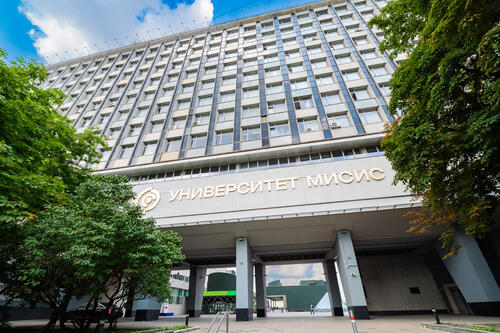An international team of scientists has presented an eco-friendly and economically viable technology for recycling waste lime and sulfuric acid into a high-quality construction material. This substance can be used to create a stronger and moisture-resistant cement that also sets faster. The new method is characterized by simplicity, significantly lower material costs compared to traditional technologies, and greater energy efficiency. It requires only 40°C instead of the usual 700-900°C.

On average, an energy-producing enterprise generates up to 1,000 tons of waste per year. Chemical reagents based on iron and aluminum, along with lime additives, are used for their disposal at water supply sources, resulting in sludge formation.
“The new technology allows for the production of building materials from local waste. This makes it economically attractive for countries where construction materials are in short supply, and transportation costs significantly increase the cost of work. The proposed solution can be adapted for any regions where lime and coagulants are used for water treatment, opening up broad prospects for its global implementation,” noted Valentin Romanovsky, PhD, an expert from Belarusian State Technological University (BSTU).
Scientists from BSTU, NUST MISIS, and Southwest University of Science and Technology (China) have introduced a technology for recycling lime into a high-strength analogue of cement — anhydrite (CaSO₄). Anhydrite is the anhydrous form of calcium sulfate (unlike gypsum, which contains water molecules in its structure). Anhydrite occurs in both natural and synthetic forms.
“MISIS University is implementing the project ‘Sustainable Development Technologies’ under the Priority-2030 state program, within which our scientists are creating high-tech solutions that contribute to reducing anthropogenic load and forming a comfortable environment. The new technology developed by an international team of researchers led by the young talented scientist, PhD Dmitry Moskovskikh, will significantly reduce the volumes of industrial waste,” said Alevtina Chernikova, Rector of MISIS University.
In its pure form, the produced cement does not exhibit plastic properties. To enhance compressive strength, the researchers added a mixture of portland cement binder, potassium sulfate, and calcium hydroxide. Details of the study have been published in the journal Engineering Reports (Q2).
“We have found a way to recycle environmentally polluting waste into a durable building material with a purity of up to 99.8%. From lime residues, we created a cement analogue that can be used for constructing houses, roads, or other structures. I would also note that the by-products generated during the centrifugation stage of the synthetic anhydrite suspension can be used as fertilizer. This filtrate contains dissolved salts that promote increased root mass and dry weight of plants, making it an effective micro-fertilizer. Consequently, the entire process of producing anhydrite is virtually waste-free,” said co-author of the study, Dmitry Moskovskikh, PhD, director of the Research Center of Engineering Ceramic Nanomaterials at NUST MISIS.
In the future, researchers plan to increase productivity and reduce the costs of the technological process, as well as adapt the methodology to work with various types of waste, allowing for the application of this technology in enterprises across different countries.


